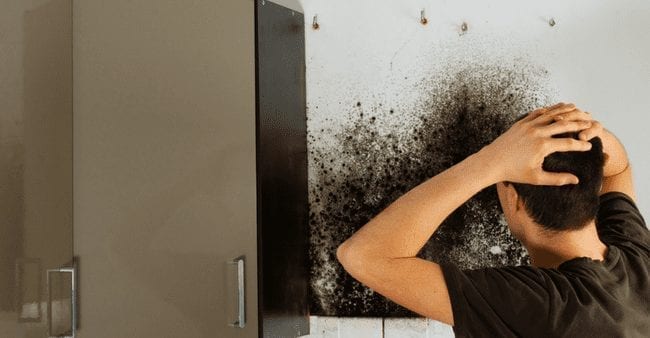6 Ways to Find Concealed Water Leakages in Your Home
6 Ways to Find Concealed Water Leakages in Your Home
Blog Article
What're your beliefs about Detecting hidden plumbing leaks?

The moment you discover a leakage, calling your plumber for fixings is the most effective service. Some small water leakages might not be visible. If you can not spot it with your naked eyes, here are some hacks that aid.
Early detection of dripping water lines can alleviate a potential calamity. In addition to saving you cash, it will certainly reduce the stress and irritation.
Examine Water Consumption
If you find unexpected modifications, regardless of your consumption being the exact same, it suggests that you have leakages in your plumbing system. An abrupt spike in your bill indicates a fast-moving leak.
A consistent boost every month, even with the exact same habits, reveals you have a slow leak that's additionally gradually escalating. Call a plumber to thoroughly inspect your residential property, particularly if you really feel a warm location on your floor with piping beneath.
Check and Analyze the Circumstance
Home owners must make it a practice to inspect under the sink counters as well as also inside cupboards for any bad odor or mold and mildew development. These 2 warnings suggest a leakage so punctual focus is needed. Doing routine evaluations, even bi-annually, can save you from a significant problem.
Analyze the Water Meter
Checking it is a surefire means that helps you uncover leaks. If it relocates, that suggests a fast-moving leakage. This indicates you might have a sluggish leak that can even be underground.
Asses Outside Lines
Do not neglect to check your outdoor water lines also. Should water seep out of the connection, you have a loosened rubber gasket. One little leakage can throw away tons of water and also increase your water costs.
Do a Food Coloring Test
When it comes to water intake, 30% comes from commodes. If the shade somehow infiltrates your bowl throughout that time without flushing, there's a leakage between the storage tank and bowl.
If you understand your home is already old, maintain a watchful eye on your heating systems, pipes, pipelines and so on. Look for stainings and also deteriorating as many pipelines as well as devices have a life span. They will likewise naturally wear away as a result of tear and wear. If you think dripping water lines in your plumbing system, do not wait on it to intensify. Call a professional plumber as soon as possible so you don't wind up with an awful mess in your house.
The moment you locate a leak, calling your plumber for repair work is the ideal option. Some small water leakages might not be visible. Examining it is a guaranteed method that helps you find leakages. One tiny leakage can squander loads of water and also increase your water bill.
If you presume dripping water lines in your plumbing system, don't wait for it to intensify.
WARNING SIGNS OF WATER LEAKAGE BEHIND THE WALL
PERSISTENT MUSTY ODORS
As water slowly drips from a leaky pipe inside the wall, flooring and sheetrock stay damp and develop an odor similar to wet cardboard. It generates a musty smell that can help you find hidden leaks.
MOLD IN UNUSUAL AREAS
Mold usually grows in wet areas like kitchens, baths and laundry rooms. If you spot the stuff on walls or baseboards in other rooms of the house, it’s a good indicator of undetected water leaks.
STAINS THAT GROW
When mold thrives around a leaky pipe, it sometimes takes hold on the inside surface of the affected wall. A growing stain on otherwise clean sheetrock is often your sign of a hidden plumbing problem.
PEELING OR BUBBLING WALLPAPER / PAINT
This clue is easy to miss in rooms that don’t get much use. When you see wallpaper separating along seams or paint bubbling or flaking off the wall, blame sheetrock that stays wet because of an undetected leak.
BUCKLED CEILINGS AND STAINED FLOORS
If ceilings or floors in bathrooms, kitchens or laundry areas develop structural problems, don’t rule out constant damp inside the walls. Wet sheetrock can affect adjacent framing, flooring and ceilings.
https://www.servicemasterbyzaba.com/blog/how-to-detect-water-leakage-in-walls/

I'm just very fascinated by Leaking water lines and I'm hoping you liked the piece. Those who liked our blog posting if you please make sure you remember to pass it around. I am grateful for your time. Visit again soon.
Report this page